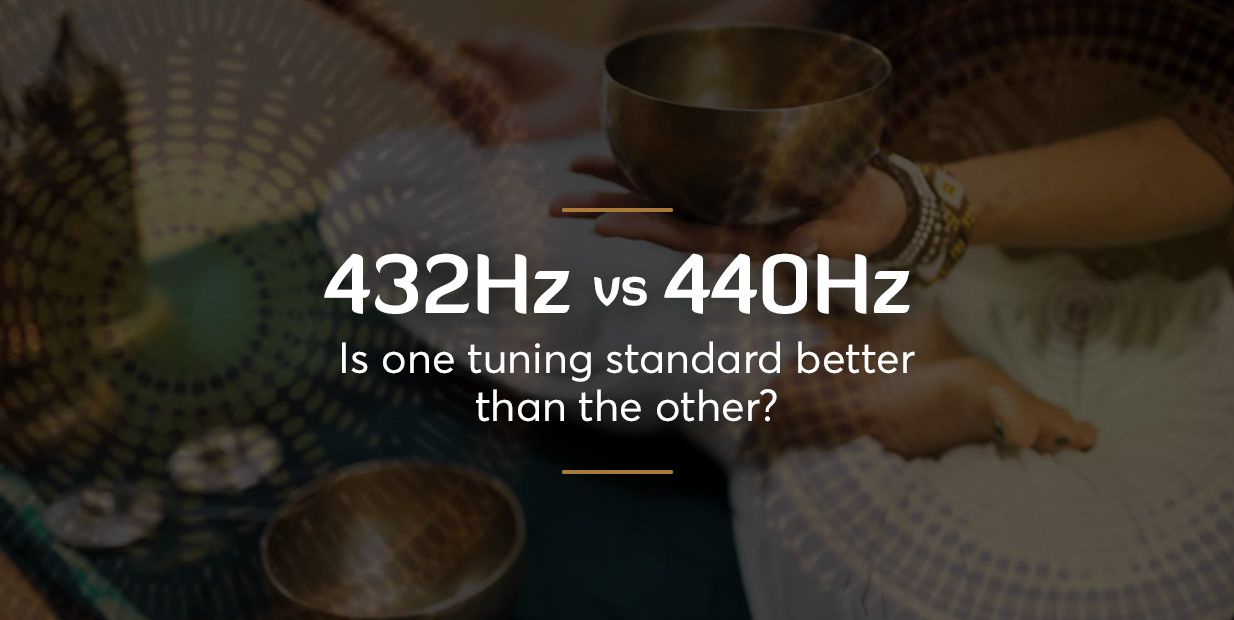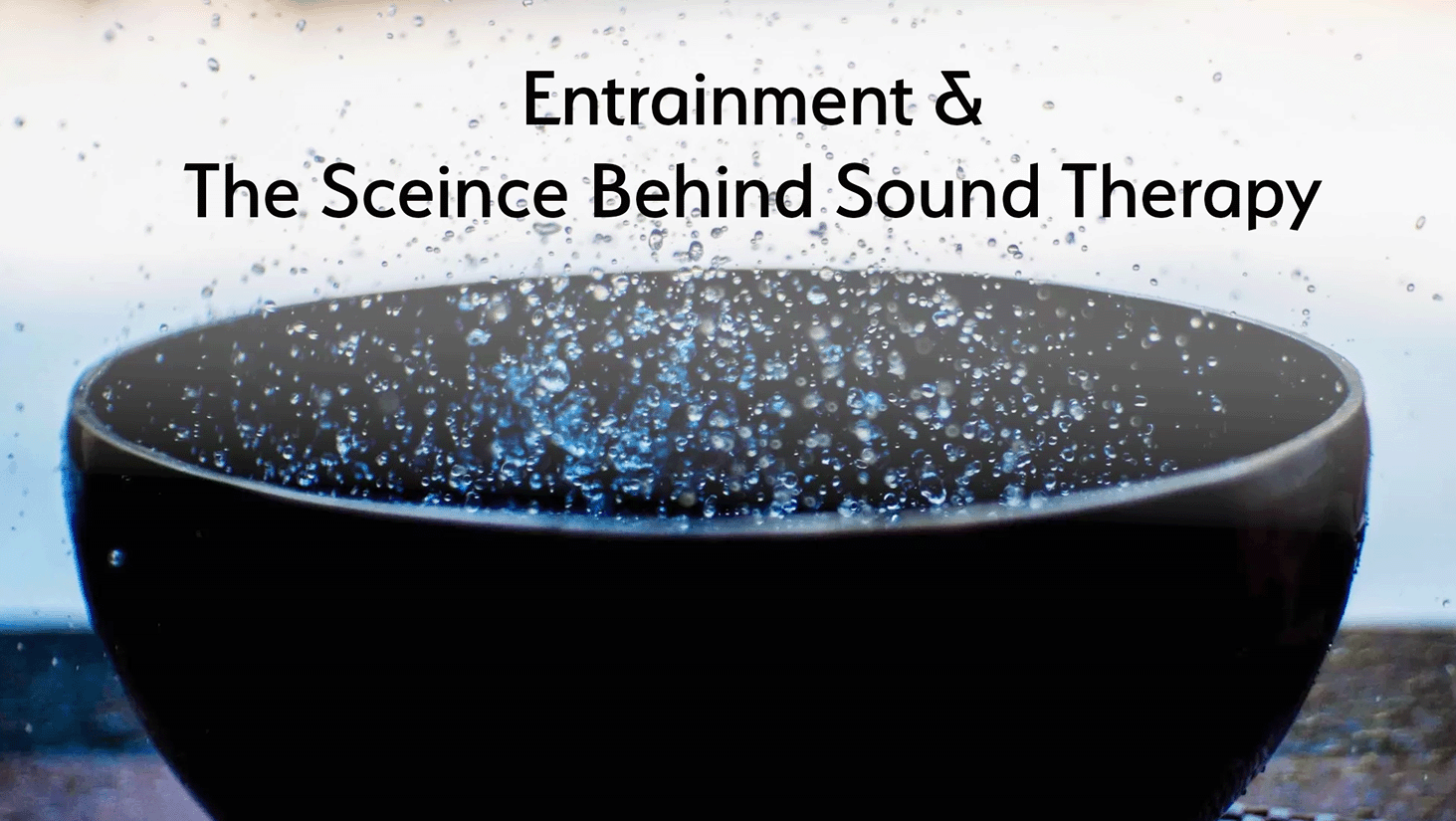Whether you’re new to Music Therapy or have been exploring it for some time, you’ve probably come across discussions about chakras and singing bowls. This article sets out to examine the supposed connection between the frequencies of singing bowls and the chakras, aiming to determine if this link is real or just a myth.
First, let’s clarify what chakras are. These are energy centers within the body that can’t be seen but can be sensed in deep meditation when the mind is still and the subtle energies are highly sensitive. They act as meeting points for energy channels called Nadis and been extensively documented and written about by Rishis(Sages) since time immemorial.
While there are many minor chakras, the main focus is on seven primary ones located along the spinal column: the Root Chakra, Sacral Chakra, Solar Plexus, Heart Chakra, Throat Chakra, Third Eye, and Crown Chakra. For more detailed information on these energy centers, you can refer to our article on chakras here: https://sarveda.com/chakras-the-7-energy-centers-of-our-body/
Although, Chakras have been mentioned in many ancient texts like the Upanishads, Vedas and Sutras, but the only connection between chakras and sounds(atleast to my knowledge) is found in references to Bija mantras by Purandara Swami in Shatchakra Nirupana, which include sounds like “ram,” “vam,” “lam,” and others. And these are only sounds and there are no mention of frequencies or pitches.
Now, lets look at the frequencies of Singing Bowls!
The notes of singing bowls which is a reference to their frequency comes from the Western diatonic scale (C, D, E, F, G, A, B), in which equally tempered frequencies within an octave were assigned Alphabets since obviously alphabets are easier to remember than numbers. And the scale was set with reference of A4 (which is the A note in the 4th octave) to 440Hz as recently as in the 1940s.
So, how did this connection between the Diatonic Scale from East happen with the and Chakras from the West?
The 1960s and 70s saw Westerners embracing Eastern spirituality, leading to the popularity of singing bowls from Himalayan regions. The increasing influx of westerners led local salesmen to come up with different ways to sell singing bowls and one such tactic was linking each note to the seven chakras. This connection worked and it is a trend that persists till today especially with people entering the sound therapy and sound healing space. Some of the other myths associated with the singing bowls are the materials used in making them which I’ve covered in this article: https://sarveda.com/panchadhatu-saptadhatu-5-7-metal-demystifying/
Just for a moment think about this – The “7 chakra set” which consists of 7 tuned singing bowls are available in different sizes which means the same note bowl, say with the C note is either in the 2nd, 3rd or 4th octave depending on the size of the set that you’re purchasing. Now, how could a bowl tuned to, say, C2 at around 65.41Hz, correspond to the same energy center as one tuned to C3 at 130.81Hz or C4?
So with all of this said, is there any legitimate connection between Singing bowls and chakras and how does one go about sound therapy if there isn’t any?
In today’s world, where logic often reigns supreme, practices like sound therapy can sometimes be dismissed as “woo-woo” or pseudo-scientific. However, for many of us involved in music, art, or sound therapy, our perception of the world is more attuned to feelings, emotions, and empathy, which don’t always conform to logic.
It’s crucial to acknowledge and integrate both rational and emotional aspects of the mind. By combining a solid understanding with intuition, we can navigate sound journeys and therapy sessions effectively.
For example, we might naturally perceive the vibes of those around us, labeling them as having either “low vibration” or “high vibration.” In the realm of energy work, this correlates with the idea of dominant chakras within individuals—lower chakras relate to survival and pleasure, while higher chakras signify creativity and spirituality. Translating this concept into sound therapy, we can associate lower frequency bowls in the musical scale with lower chakras and higher frequencies with higher chakras. During sound therapy sessions, practitioners may choose bowls that resonate with the client’s primary energy centers, aiming to rebalance and realign their energies.
While the efficacy of sound therapy may not always fit neatly into scientific frameworks, its effectiveness lies in therapists’ ability to use instruments as tools, applying their intuitive and emotional understanding to promote harmony and well-being.



